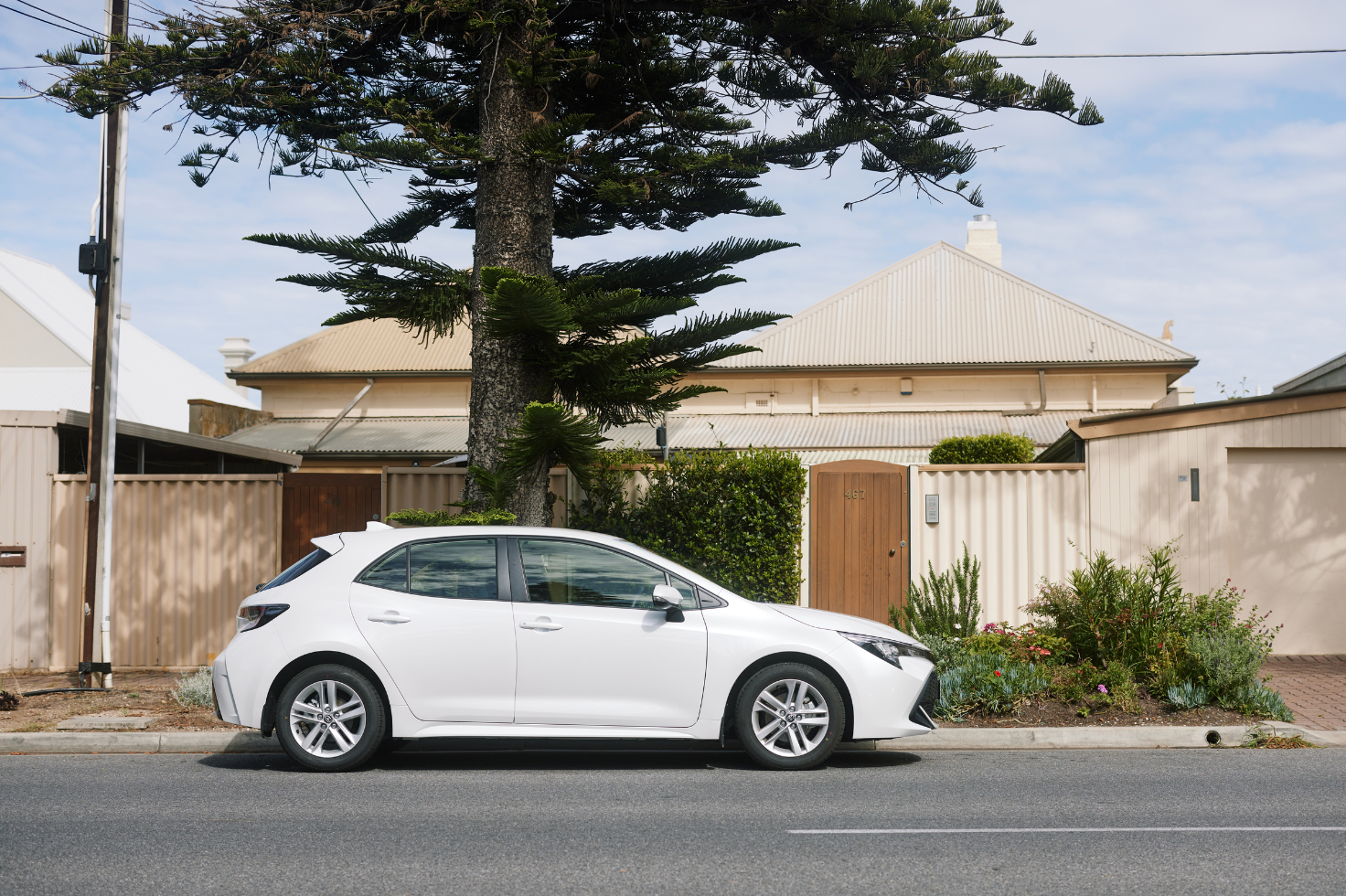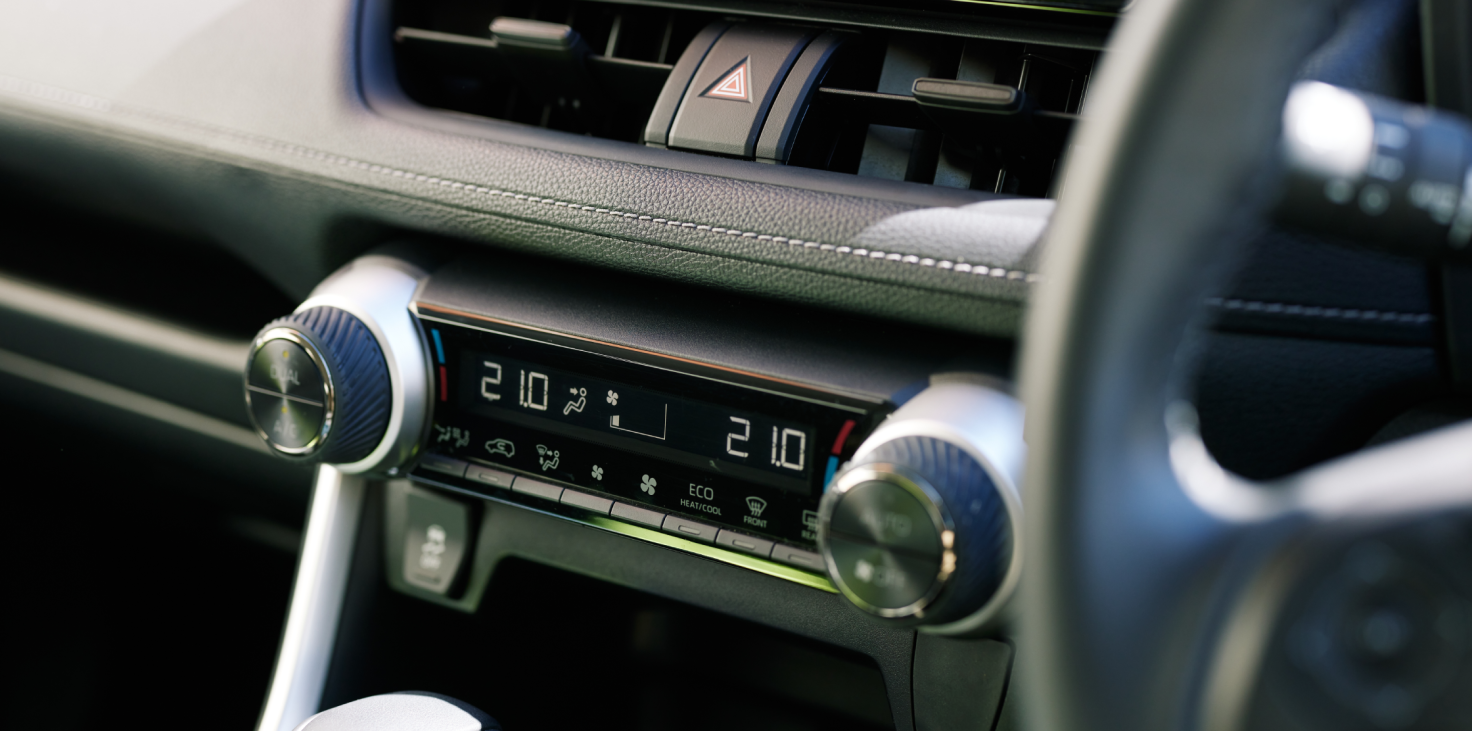This article was originally published in January 2023 and has been updated.
Share this story:
With regular checks and maintenance, you can help your tyres last longer, save money on petrol and most importantly, stay safe on the road. Here’s our guide on what you need to know, and what you should look out for.
While we’re all aware of incidents resulting from diver error, distraction or substance abuse, unroadworthy tyres and poor car maintenance also contribute to the number of road accidents that occur year on year. Here's how to check your tyres to make sure they’re in tip top driving condition.
All you need to check your tread is a 20-cent coin. Simply place your coin in the tread of the tyre, if the tread doesn’t reach the bill of the platypus on the coin, your tyre has less than 3mm of tread remaining. While the minimum legal tread depth is 1.5mm, it’s recommended that you replace your tyres at 3mm.
No coins? No worries – you can still check your tread. All tyres come with a tread wear indicator (TWI) built into their tyres. They’re raised bumps in the grooves of your tyres and will become flush against the walls of the tread when your depth is at 1.6mm.
Ideally you should check your tyres after your car has been stationary for a couple of hours. The recommended pressure for your tyres can usually be found either on the inside of your car’s door, or in your owner’s manual.
Conveniently, you can check and change your tyre pressure at service stations, but a word of caution, these machines can become inaccurate over time, so take the reading as a guide. The best thing to do is invest in a good quality air gauge so you can check your pressure regularly and accurately.
If you do most of your driving in rural Australia, your tyres won’t be strangers to dirt or gravel roads. These roads can really damage and wear down your tyres, so make sure you’re checking for cuts, bulges or gouges, and if you find any, replace them immediately.
Before long drives, perform a safety check on your spare tyre. You should replace your spare when it’s 10 years or older.
If you’re checking your tyres regularly, that’s the best way to look after them. But there are few things you can implement before, during and after driving that will also make them last longer, and keep you safer.
This is a sure way to avoid an uneven tread on your tyres and get more wear out of your tyres. Front tyres are under a bit more stress than the back two, so it’s a good idea to switch them. It’s important to get your tyres rotated professionally, and you should be doing it every 10,000kms. If you don’t drive regularly or for very long distances, this should be done every few times you take your car for a service.
If you notice a wobbly steering wheel or your car drifting to one side, this could be a sign of wheel misalignment. Not only is this incredibly dangerous, it will also wear your tyres prematurely. Best to book in for a service with a professional mechanic to sort this out for you.
If you can, try not to brake suddenly, and make sure you don’t “ride” the brakes too much. The way you drive significantly affects your tyres and wears down the tread.
Making sure you get the right tyres to suit your car and your needs can feel overwhelming. Here’s some things to consider to help you make a decision:
All season tyres should have you covered for anything, but if you’re in a climate that is particularly freezing, winter tyres are a good idea, and summer tyres for climates where it gets particularly hot.
If you’re mainly driving in the city, you should be looking for tyres with optimum braking distance, longevity and a high fuel economy (they’ll have low rolling distance to save you fuel).
For this kind of driving, you’ll need tyres that provide optimum braking distance at high speed. You’ll need to consider how much vibration they cause and the noise they make when driving, and they should have excellent handling, grip and stability.
Along with your recommended pressure, the preferred tyre size should also be listed in your manual or on your car door. The size of your tyre can affect acceleration, braking distance, fuel consumption, handling and load of your car. It’s best to stick to the size recommended by your manual, but you can always ask a professional if you’re not sure.
Most of the time - but not always - you should be replacing all four of your tyres at once. It’s ok to just replace one or two if the tread discrepancy isn’t too large between the tyres, but if it’s too much of a difference, all four need to be changed. Seek the advice of a professional to guide you. If you aren’t planning on changing all four tyres, make sure that you also stick to the same type of tyre, as this also helps to maintain balance and optimal handling.
However, while this approach is fine for 2-wheel drive vehicles, in 4-wheel drive vehicles you should always be replacing all of your tyres at the same. For these vehicles, because the driving power comes from all wheels, having the same tread and traction on each tyre is very important. If they’re not the same tread, you run the risk of damaging the drive train.
Understanding your tyres can be tricky. However, once you master the basics, you’ll be able to check them regularly and accurately, saving you money in the future and keeping you safer on the roads. (If you do need help with your tyres, contact our partners at Motorserve).
All content on the NRMA Insurance Blog is intended to be general in nature and does not constitute and is not intended to be professional advice.


